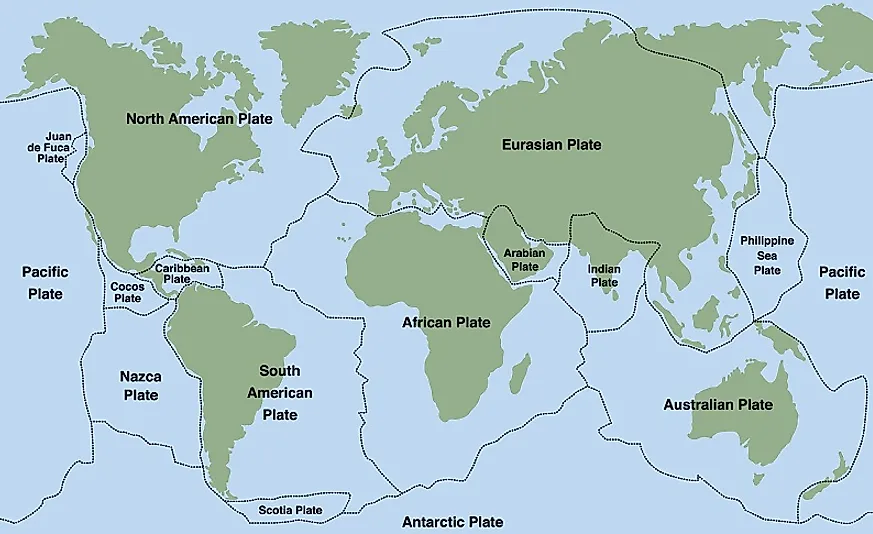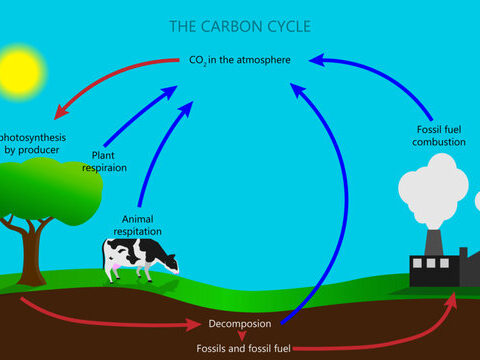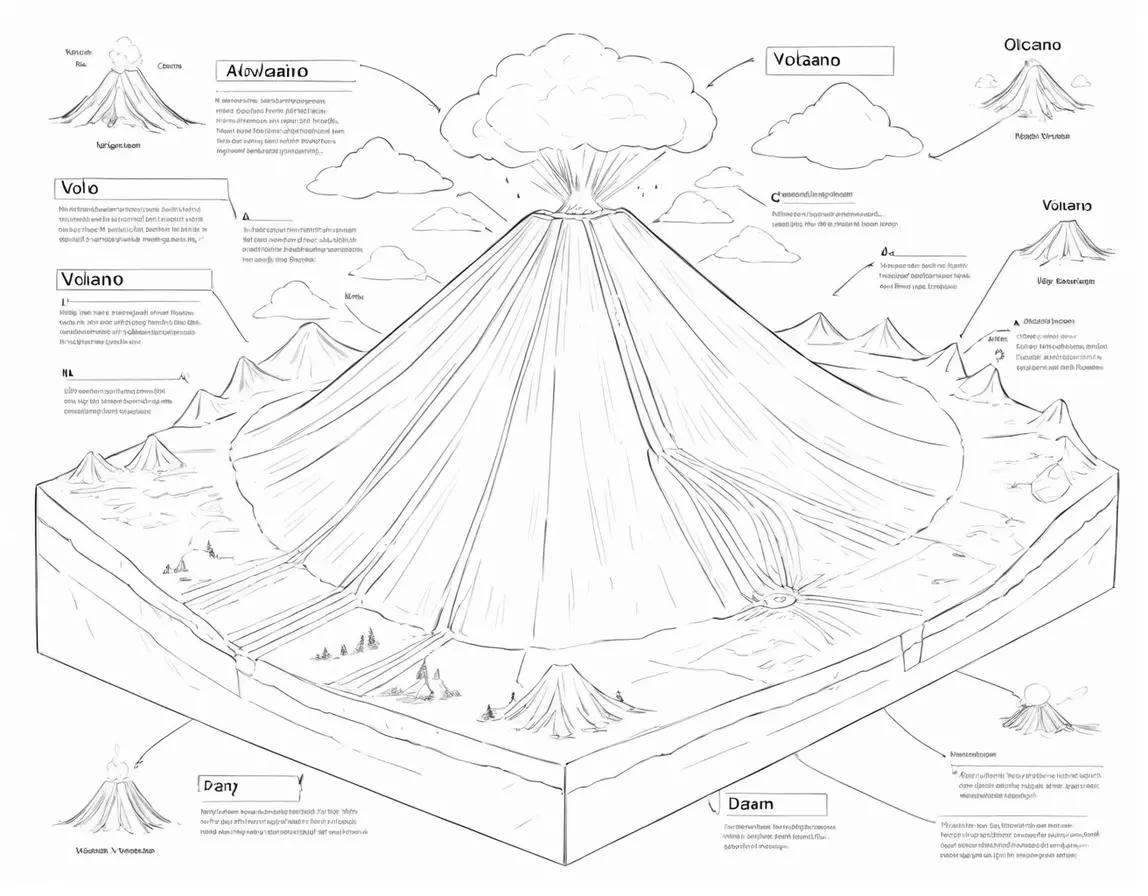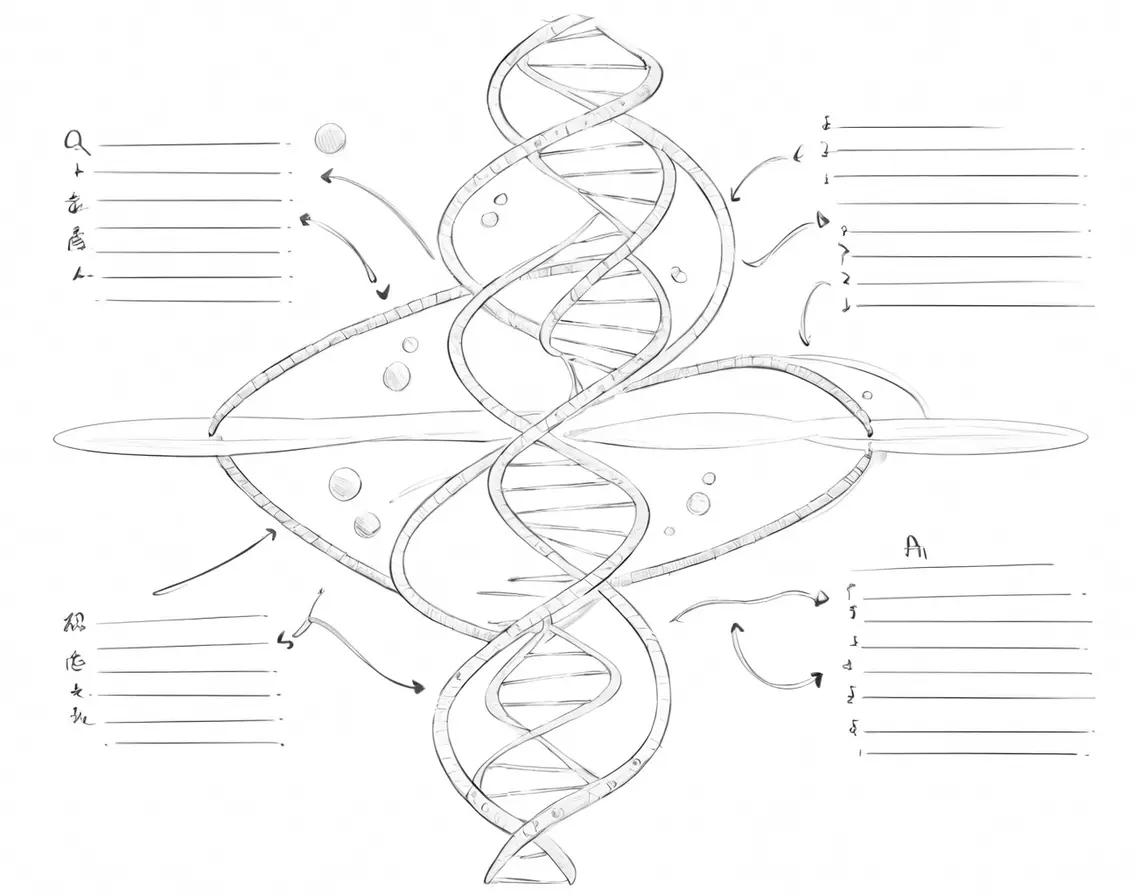
A mixture is a physical mixture of two or more things that have not been chemically combined. There are two kinds of mixtures: homogeneous mixtures and heterogeneous mixtures. Homogeneous mixtures have a homogeneous composition throughout the mixture, whereas heterogeneous mixtures do not have a uniform composition throughout the mixture.
Separating mixes can be a difficult operation, but there are multiple methods for separating various sorts of combinations. In this paper, we will look at some of the most prevalent ways of separating mixtures.
Filtration
Filtration is a popular method for separating heterogeneous mixtures. This process involves filtering the mixture to separate the solid particles from the liquid or gas. The size of the filter utilized is determined by the particle size being filtered. A coarse filter, for example, is used when the particles are large, whereas a fine filter is used when the particles are small.
Distillation
Distillation is a process for separating homogenous mixtures. This process entails heating the mixture until it reaches its boiling point and then collecting the resulting vapor. The vapor is then condensed into liquid and collected separately. This procedure is widely used to separate liquid mixtures with varying boiling points.
Evaporation
Evaporation is a separation process for homogeneous mixtures. The mixture is heated until the liquid evaporates, leaving behind the solid or dissolved material. This approach is often used in solution separation to separate a solute from a solvent.
Chromatography
Chromatography is a technique for separating mixtures of various substances depending on their physical and chemical properties. The combination is passed through a fixed phase, such as a solid or liquid, and a mobile phase, such as a gas or liquid, in this process. The mixture’s constituents segregate according to their affinity for the stationary and mobile phases.
Magnetism
Magnetism is a technique for separating magnetic compounds from mixtures. This approach includes attracting magnetic compounds with a magnet, which can then be separated from the remainder of the mixture.
To summarize, separating mixtures can be a complex operation, however depending on the type of combination being separated, numerous approaches can be utilized. Filtration separates heterogeneous mixes, whereas distillation and evaporation separate homogeneous mixtures. Chromatography is used to separate mixtures based on their physical and chemical properties, whereas magnetism is used to separate magnetic mixtures.


















